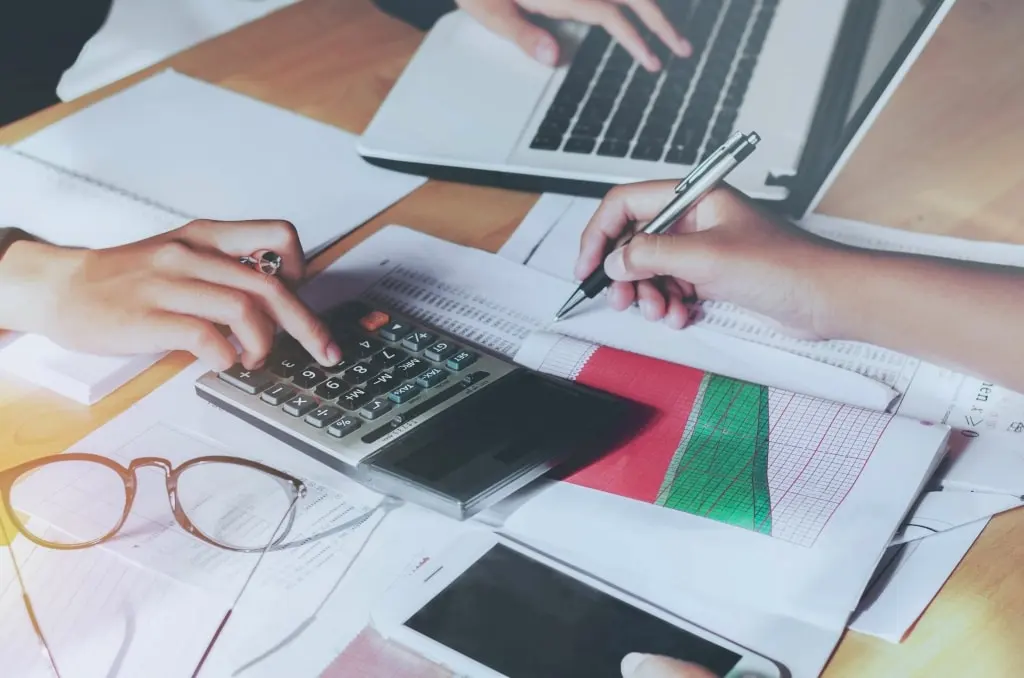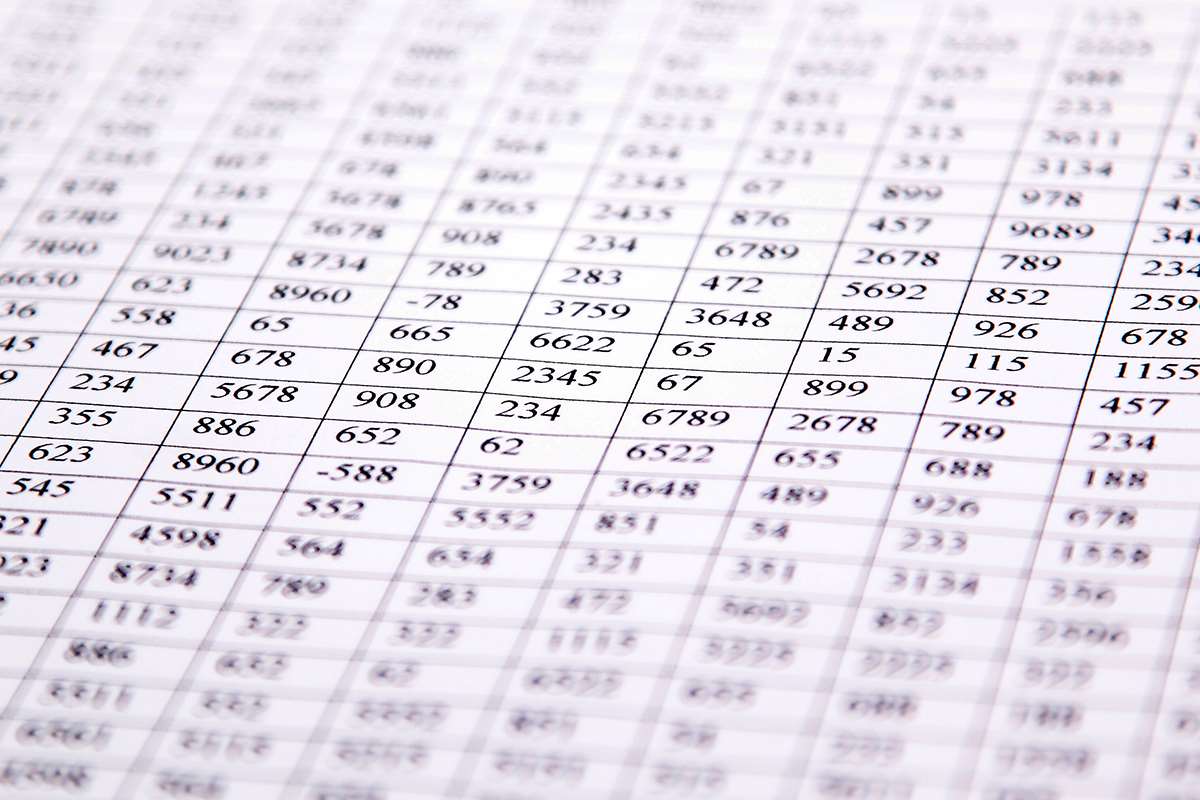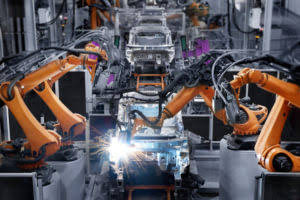Something like inventory or accounts receivable would not be considered a liquid asset because of the difficulty to turn them into cash immediately. Comparatively, marketable securities retained earnings would be considered a liquid asset because they can be easily sold. To understand a business’s short-term financial health, finance pros look at current assets. These are the assets that will have their impact in the business within a year or within one operating cycle.
Is cash a current asset?
- Know exactly where your outstanding invoices are in the process and set up automated reminders to easily nudge customers.
- Without enough cash or liquid assets, paying employees on time and keeping the lights on can become a challenge.
- Current assets are assets that can be converted into cash within one fiscal year or one operating cycle.
- If your business has other assets that don’t fall into these categories, you can include them under “Other Liquid Assets”.
- To calculate your current assets, you’ll need an updated set of bookkeeping and, ideally, an updated balance sheet.
Investors can gain a number of insights into a company’s Bookkeeping for Painters financial strength and future prospects by analyzing its near-term, liquid assets. The portion of ExxonMobil’s (XOM) balance sheet pictured below from its 10-K 2021 annual filing displays where you will find current and noncurrent assets. The company’s total current assets increased by 2.09% from $ 128,645 Mn to $ 131,339 Mn in 2017 and 2018, respectively. Current assets are any asset a company can convert to cash within a short time, usually one year. These assets are listed in the Current Assets account on a publicly traded company’s balance sheet.
Current Assets vs. Fixed Assets: What’s the Difference?
As monthly bills and loans become due, management must convert enough current resources into cash to pay its obligations. Cash and cash equivalents are a large part of a business’s current assets. Sustaining a high amount of current assets starts with effective cash management.
- The formula for calculating current assets is the addition of all line items under current assets.
- Running a business means managing a constant stream of expenses and obligations, from paying suppliers and employees to covering rent, utilities and taxes.
- To help illustrate the full range of current assets, lets break them down into broad categories or types.
- The order in which these accounts appear might differ because each business can account for the included assets differently.
- Currently working as a consultant within the financial services sector, Paul is the CEO and chief editor of BoyceWire.
Prepaid expenses
As we’ve explored, these assets are not just figures on a balance what are current assets sheet. They’re dynamic elements that can shape a company’s strategic decisions, influence its cash flow, and ultimately drive its success. Many professionals use financial ratios to understand the financial health of a company. The term “liquidity” refers to a company’s ability to meet its short-term financial obligations. The balance sheet, one of the core three financial statements, is a periodic snapshot of a company’s financial position. Noncurrent assets are depreciated to spread their costs over the time they are expected to be used.
Maintaining Liquidity
Together, current assets and non-current assets form the assets side of the balance sheet, meaning they represent the total value of all the resources that a company owns. Noncurrent assets are reported on the balance sheet at the price a company pays for them. It is adjusted for depreciation and amortization and is subject to being re-evaluated whenever the market price decreases compared to the book price. Current Assets is an account where assets that can be converted into cash within one fiscal year or operating cycle are entered. Non-Current Assets is an account where assets that cannot be quickly converted into cash—often selling for less than the purchase price—are entered.




